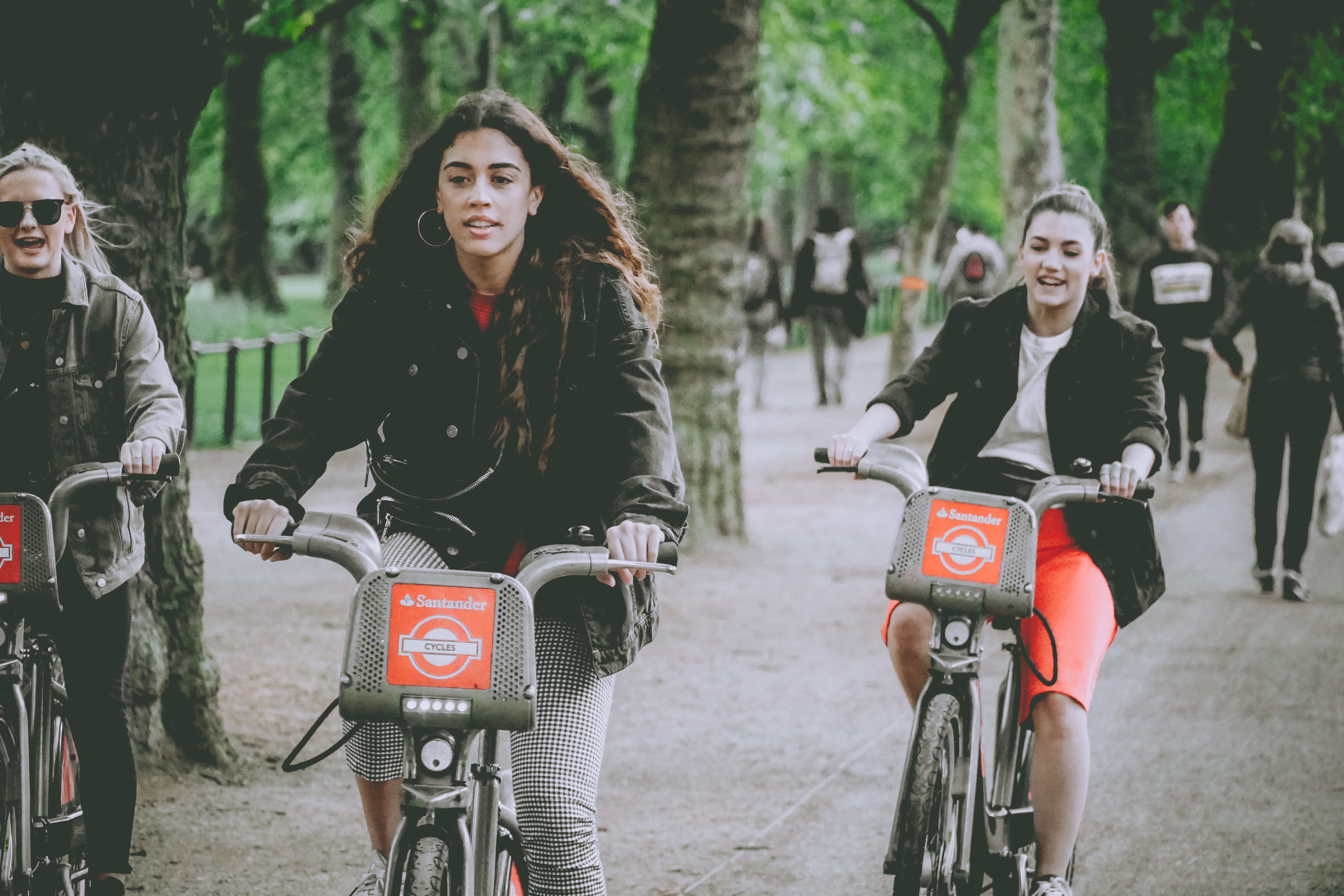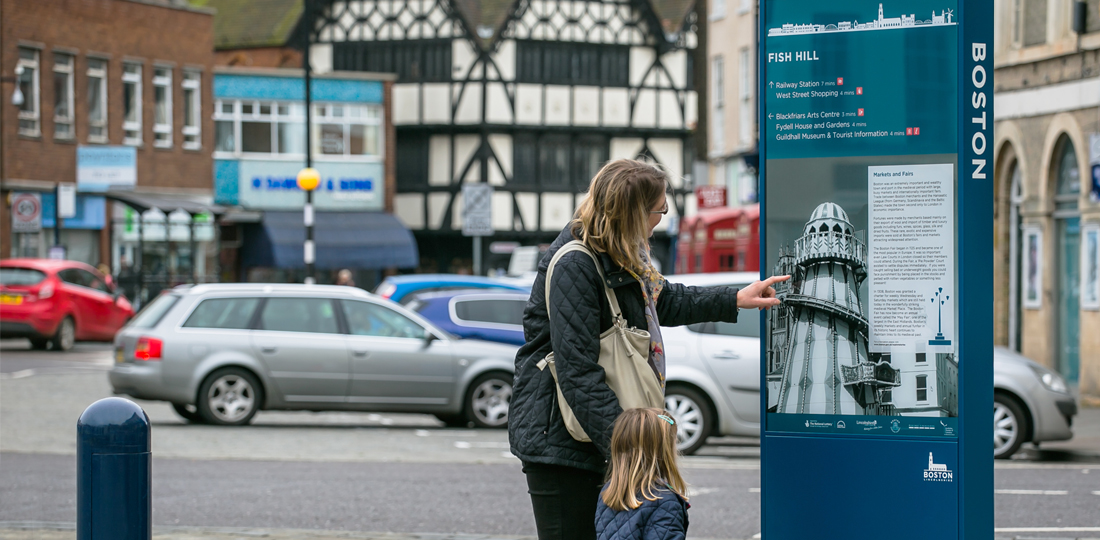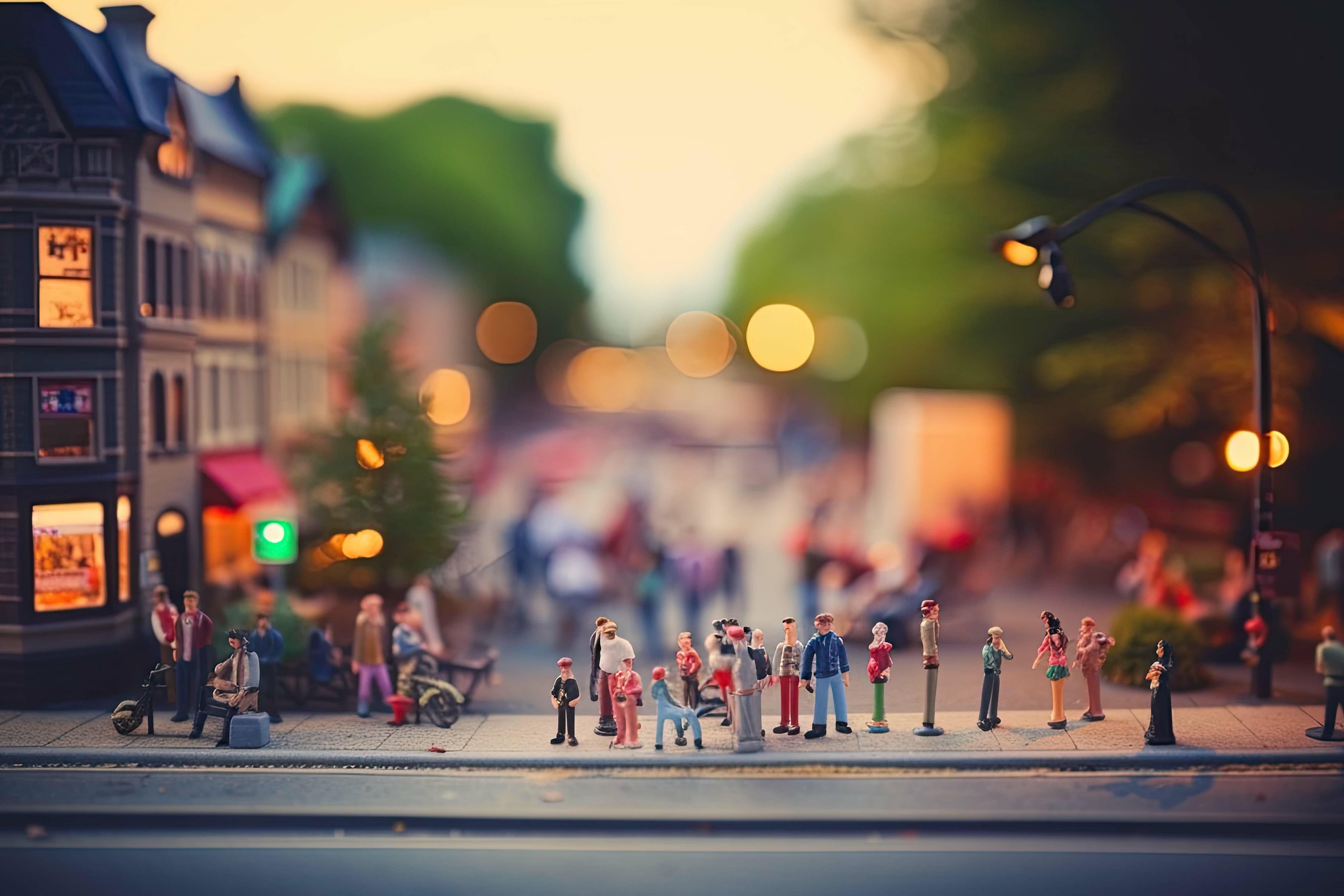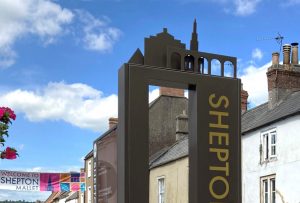From town planners to social media conspiracists, the 15-minute city is a term on everyone’s lips. Yet with the modern discourse on the subject so muddied by misinformation, it can be hard to cut to the heart of the issue.
Rarely does planning and urban design feature in the mainstream news with such fervour. It’s undoubtedly a concept that’s caught the imagination of people across the built environment sector and beyond.
Many of the concept’s objectives attract support across the board, but it has also raised justifiable objections.
It’s time to dig a little deeper and see what all the fuss is about.
Origins of the 15-minute city
Aspects of the 15-minute city concept are peppered throughout 20th-century thought. From the Garden City movement to New Urbanism and the “urban village” concept (which emphasised self-contained, sustainable communities with local employment and services) you can see the building blocks for the 15-minute city in them all. Perhaps more than any other influence, the concept draws heavily on the work of urbanist Jane Jacobs, who championed the importance of mixed-use neighbourhoods and walkability in the 1960s.
However it’s Carlos Moreno, Colombian-born French scientist and professor, who we have to thank for the 15-minute terminology. Moreno’s idea is simple but powerful: create cities where everything a person needs – work, shopping, education, leisure, and healthcare – be accessed within a 15-minute walk or bike ride from their home.

Benefits of the 15-minute city
The 15-minute city is a strategy with people at its heart. Moreno asks:
Why is it that we have to adapt and to degrade our potential quality of life? Why is it not the city that responds to our needs? Why have we left cities to develop on the wrong path for so long?
The ultimate goal is to create “human-sized” urban spaces that work for people creating healthier, greener, accessible spaces in which everyone can thrive. Here are just some of the benefits as we see it.
Reduced carbon emissions
As we negate the need to travel such long distances, active travel becomes the obvious, easier choice reducing carbon emissions. Not only do we rely less on fossil fuel-powered vehicles, we need less energy-intensive infrastructure, such as highways and car parks.
Healthier lifestyles
This one is obvious: active travel is good for us; mind and body! This is huge win and we should all be proactively teaching the next generation to live in this way.
Enhanced social connection and community pride
As we saw during the pandemic, communities function better when neighbours, local businesses and community organisations interact. An inevitable consequence of creating mixed-use, walkable neighbourhoods is that they strengthen social cohesion and build trust and a sense of belonging. This was central to Jane Jacobs’ original thesis for urban renewal.
Fostering a sense of – and, importantly, pride in your – community has a multiplier effect, reducing crime rates and leveraging the power of the commons to enact change and improve spaces.

Challenges of the 15-minute city
For all the myriad benefits of the 15-minute city concept, it doesn’t come without challenges. Moreno says we need to change the fundamental structure of our cities “for the sake of justice, for the sake of our wellbeing, and for the sake of the climate”. But will the concept really achieve these overarching aims?
With the concept being the target of several conspiracy theories, it’s hard to separate genuine issues from hair-brained dishonest ones, making reasonable conversation more complicated. Here are some of the genuine challenges we should consider.
Equality in implementation?
Retrofitting existing cities to fit the 15-minute city model would be a significant practical challenge, as it will require a comprehensive reimagining of infrastructure, land use and planning regulations. Cities with sprawling layouts or car-oriented designs would face difficulties in reconfiguring their urban fabric, requiring extensive investments in public infrastructure.
And the big question is, would we be able to provide equality across these 15-minute cities? Can we accommodate differences of class, age and race in our design schemes? A copy and paste approach might be the easiest response but just as no place is the same, no person is the same either, and achieving equality across 15-minute areas seems an impossibility.
Gentrification, displacement and segregation
For many opponents the concept, despite best intentions, would create “middle class villages”, enclaves of gentrified spaces that are homogenous and exclusionary. It’s unlikely that different 15-minute areas would develop or thrive at the same rate, leading to the introduction of sub-borders in our cities. The human condition means that this could lead to competitiveness between areas and even border wars.
Many city centre workers (such as those in cleaning and maintenance jobs) are unable to afford to live 15-minutes from their place of work, so are excluded from this utopian vision. And many poorer areas are poorly serviced so encouraging people to stay within 15 minutes of their home would be to disadvantage them from choice and opportunity.
Exposure to diversity is a crucial aspect of a healthy society (which is why affordable housing policies require “pepper potting”). Any implementation of the 15-minute city concept will crucially need to think about how to ensure people from all walks of life are accommodated. An important shift in mindset is perhaps needed: rather than encouraging or requiring people to stay within 15 minutes of their home, we would be simply providing the services they need within 15 minutes so that they can choose to stay local rather than travel.
Balancing density and open spaces
Cities will have to strike a delicate balance between the efficient use of land and preserving green spaces. Over-densification will lead to overcrowding and a lack of open spaces, while low densities may hinder walkability and the viability of local businesses. Placemakers must adopt a context-specific approach that carefully considers the unique characteristics and needs of each neighbourhood.
What should we be talking about?
There’s clearly plenty of food for thought on this huge topic, and it’s not something that will be solved simply.
What’s important is that the debate focuses on the genuine cases for and against, and how we can work together to address the genuine issues with the 15-minute concept and achieve its overarching aims. We must stay focused on the vision of creating places that work for everyone, for the sake of justice, for the sake of our wellbeing, and for the sake of the climate.
Join us as we kick things off at the next forum for the built environment event on Thursday 13 July 8:30AM at the Everyman theatre, St John’s, for a morning of fascinating debate and discussion on what is next for the 15-minute concept.




